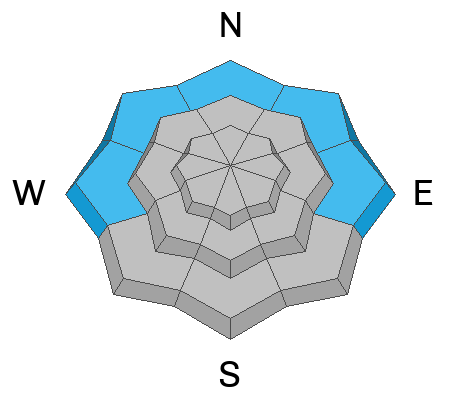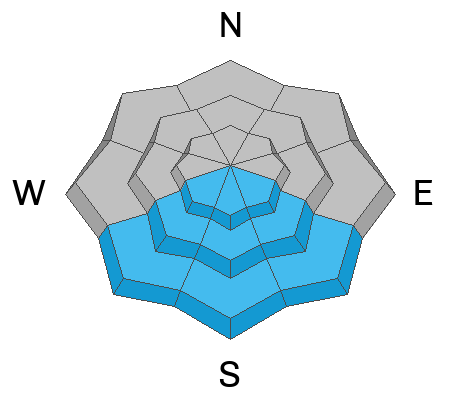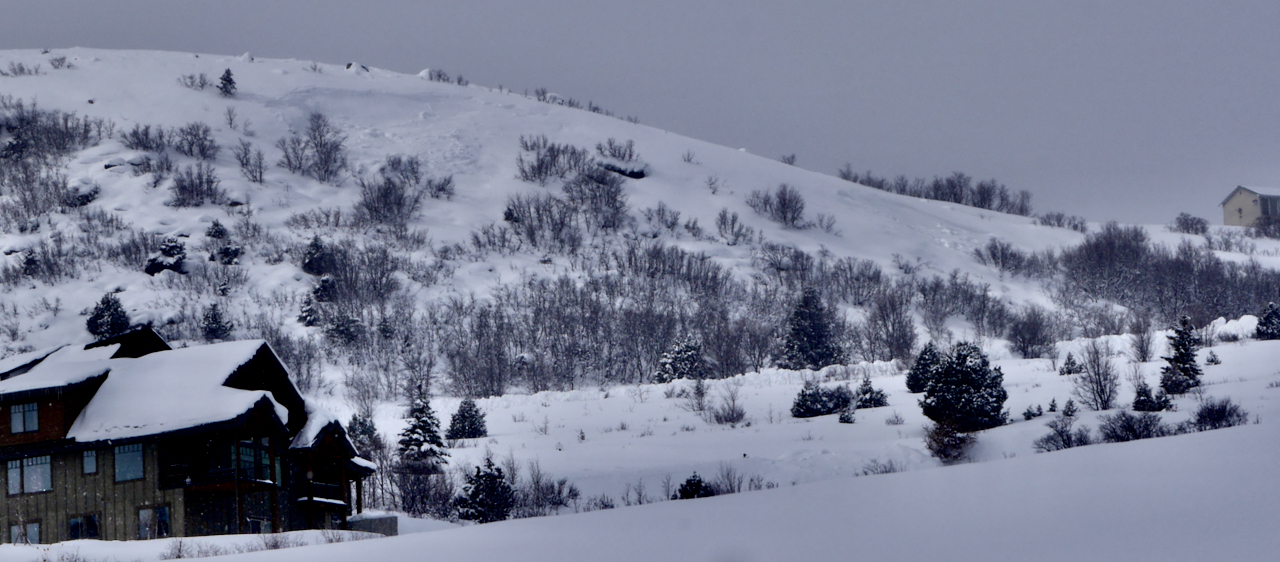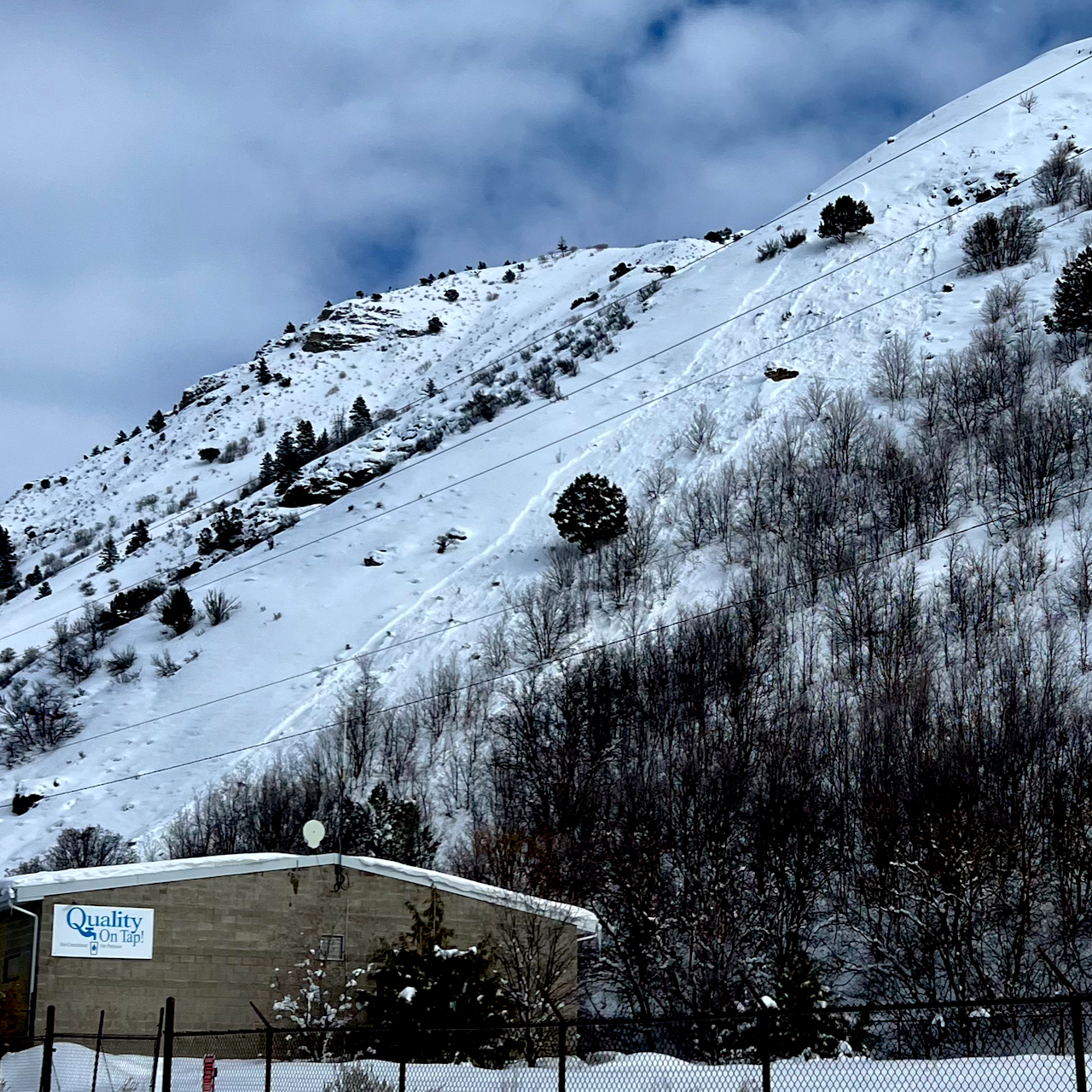Forecast for the Logan Area Mountains

Issued by Toby Weed on
Saturday morning, February 25, 2023
Saturday morning, February 25, 2023
Heightened avalanche conditions exist on drifted slopes at all elevations in the backcountry. People could trigger 2 to 3 foot thick slab avalanches of wind drifted snow on slopes steeper than 30°. Avalanches are more likely and the danger is CONSIDERABLE in windy terrain at upper elevations, where strong winds from the south built out cornices and deposited thick wind slabs. Elevated conditions are also found at lower elevations in areas where drifted snow continues to overload slopes with buried layers of weak sugary snow. Solar warming today will elevate the danger of loose wet avalanches in sunny terrain.
- Make conservative decisions and evaluate snow and terrain carefully.
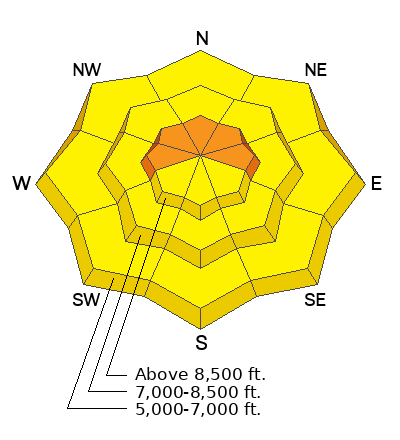
Low
Moderate
Considerable
High
Extreme
Learn how to read the forecast here



